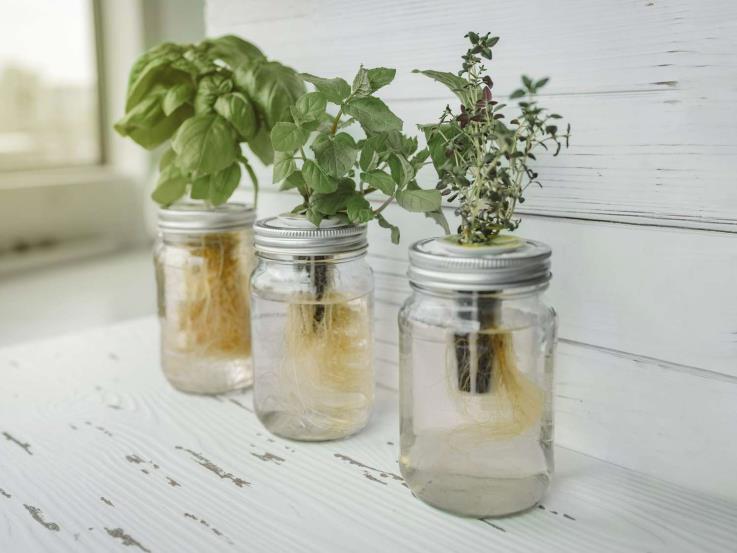Butterfly Feeder
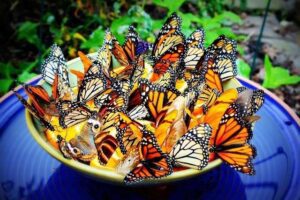
Hello everyone. This is Bill from the Okanagan Regional Library System. Welcome to the fun and inventive world of making STEAM projects in your own home. On the first Tuesday of each month, I will share a fun and interesting project that you can make using materials commonly found in your own home.
Even though we can’t be together right now, we can still learn how to make exciting projects each month!
This month’s project: How to Make a Butterfly Feeder
Like bees, butterflies are very important for plants. They pollinate flowers, enabling a plant to produce fruit and seeds. You can attract butterflies to your yard or patio with this easy to make butterfly feeder.
To attract butterflies, your butterfly feeder needs to be bright and colourful, like a flower. Inside, you will place a small piece of a kitchen sponge, soaked in sugary orange juice. Butterflies love the taste of the juice, so hang your feeder on a tree or bush on a warm day and then watch and wait.
Try to find out what species of butterflies live in your area. You could look in a book or search on-line to help you identify the butterflies that visit your feeder. Scientists think that there are about 15,000 species of butterflies in the world, living on every continent except Antarctica (the land around the south pole).
Materials Needed:
- Long Pipe Cleaners or String
- Double-sided tape
- Orange Juice
- Pencil
- Scissors
- Paper Cup
- Flat kitchen sponge
- Coloured Plastic Sheet or Bag
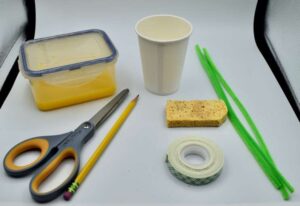
Time: 40 Minutes
Steps:
1. Make two holes in the opposite sides of the paper cup with the sharp end of the pencil. Be careful not to stab yourself with the pencil.
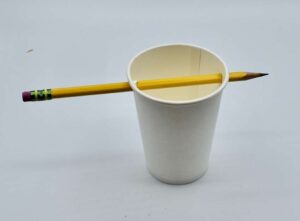
2. Twist pipe cleaners together or cut a length of string about 30 – 40 cm long and push the ends through the holes in the cup. Tie the ends, so that the string makes a handle.
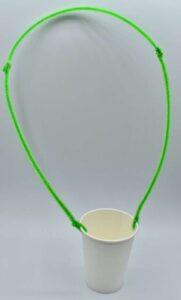
3. Use the sharp end of the pencil to make a hole about 1 cm in diameter, this time in the middle of the base of the cup.
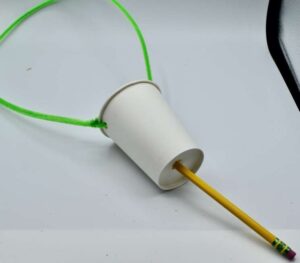
4. Cut out a square with sides about 2 cm in length from the kitchen sponge.

5. Using the eraser end of the pencil this time, push the square of sponge into the hole in the bottom of the cup.

6. Draw a flower on the coloured plastic and cut it out. Make your flower bigger than the cup’s base and cut a hole in the middle that is slightly bigger that the sponge poking through the bottom of the cup.


7. Stick small pieces of double-sided tape to the base of the cup, and peel off the protective strips.
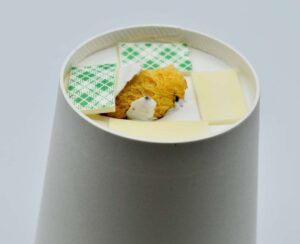
8. Press the flower down onto the base of the cup. Your butterfly feeder now needs one crucial ingredient – orange juice.
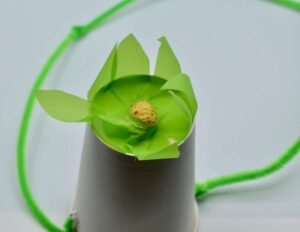
9. Outside or over a sink, pour a little orange juice into the cup. Hang the feeder from a branch and watch for hungry visitors to flutter to it.
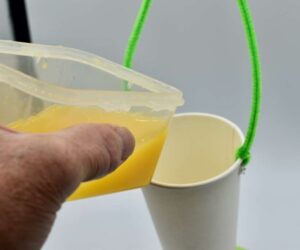
Take it Further
Different species of butterflies may be attracted to different types of flowers. Experiment with different coloured plastic bags, cutting them into any design you want, to see if certain butterflies are attracted to particular combinations. Try using different juices too – some varieties may be more popular with butterflies than others.
The Science behind your Butterfly Feeder
The plastic flower shape is mostly for decoration, though it may help butterflies notice the feeder. What they are after is the sweet orange juice dripping from the sponge at the center of the flower. A butterfly’s taste organs are on its feet. That way, it can tell if it has landed on a flower that is safe to eat. When a butterfly is satisfied that it has landed on something tasty, it extends its “proboscis”, a long-curled feeding tube that protrudes (sticks out) from the front of its head.

Real World Science – Butterfly Offspring
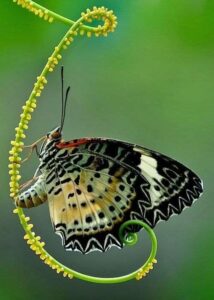
A butterfly tastes plants not just for itself, but also for its offspring, caterpillars. If the plant tastes good, the butterfly may lay its eggs there. Caterpillars hatch from the eggs and immediately begin chomping on the plant. A caterpillar spends its first few weeks eating and growing to many times its original size. Eventually it attaches itself to the plant and becomes a chrysalis. Several weeks later, the chrysalis becomes a butterfly.
STEAM
This activity includes everything you need for a comprehensive STEAM project.
Science: Understanding how a butterfly is attracted to a flower.
Engineering and Art: Constructing and completing the butterfly feeder.

